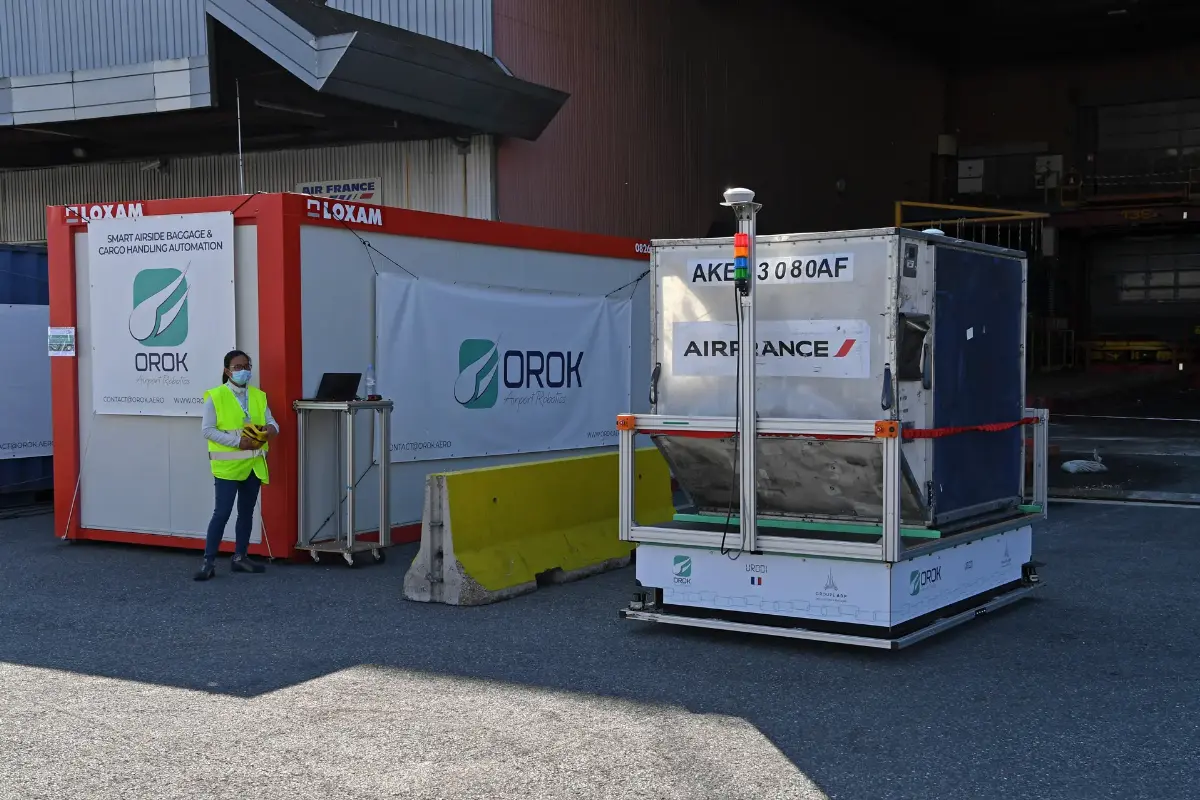
Airports are betting on autonomous vehicles
From passenger shuttles, to luggage transport, to wheelchairs

Airports around the world are increasingly open to new technologies and benefit greatly from their implementation in various fields, significantly improving the travel experience of passengers. One approach is the use of Autonomous Vehicles (AVs) as shuttles or baggage carriers, which help limit long lines at security checkpoints and lost baggage.
In this sense, even if these unmanned vehicles work in the shadows, in the background, almost hidden from the eyes of the passengers, they are helping to improve the management of the flight schedule, limiting delays and cancellations. Automating baggage handling and security management is an essential service to make airports safer and more efficient. But he's not the only one service.
Drone-vehicles also mean buses that simplify access to the terminals from the car parks. Or the shuttles that connect the city with the airport and some of these services are so advanced that they work like an Uber, with reservations and updates in real time. Then there are the automated wheelchairs (without assistants but controlled via smartphone) being tested in some stopovers, which could be adopted in the near future.
However, autonomous vehicles also have potential disadvantages: the scenarios of use are still quite limited; it will take at least another three to five years for the technology to mature; they do not yet possess total reliability; there is no well-defined regulation dedicated to their use at airports. On this front, the American Federal Aviation Administration (FAA) is still evaluating and testing these technologies.
AVIONEWS - World Aeronautical Press Agency